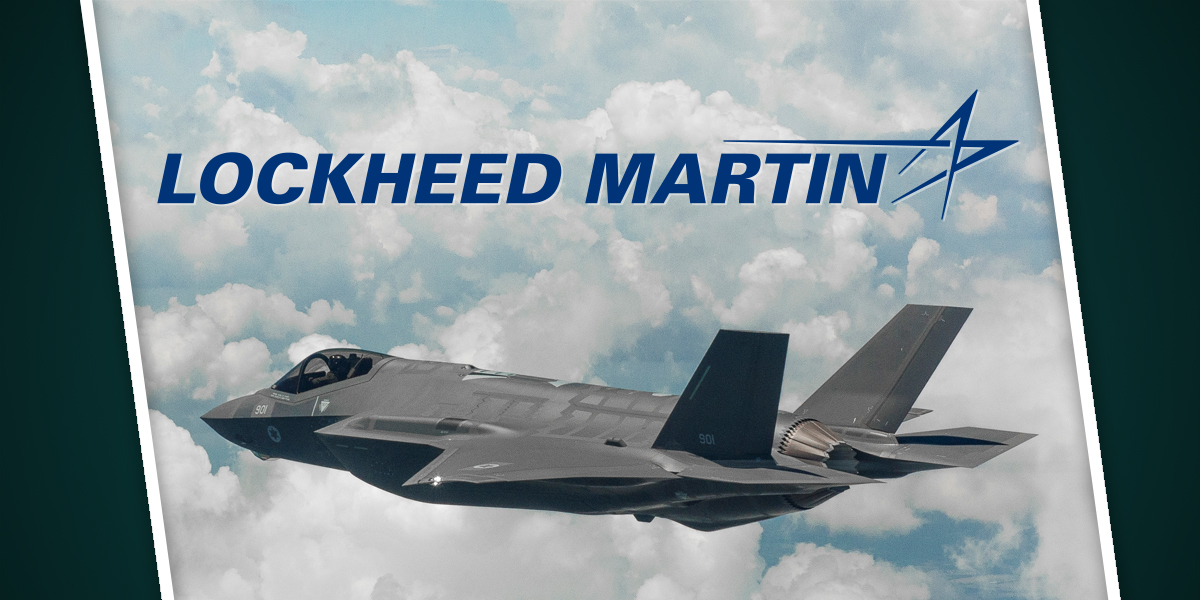
Lockheed Martin, one of the world’s leading aerospace and defense companies, has a storied history of innovation and excellence that spans more than a century. Established in 1912, the company has consistently pushed the boundaries of technology to create cutting-edge solutions for both civilian and military applications. From iconic aircraft to advanced space systems, Lockheed Martin’s contributions have had a profound impact on the aerospace industry and global security.
Early Years and Founding:
Lockheed Martin traces its roots back to the vision of two aviation pioneers, Allan and Malcolm Lockheed. The company’s journey began in 1912 when the brothers established the Alco Hydro-Aeroplane Company in Santa Barbara, California. Their early forays into aviation focused on seaplanes and flying boats, setting the stage for Lockheed’s future expertise in aeronautical engineering.
P-38 Lightning and World War II:
Lockheed Martin’s breakthrough moment came with the development of the P-38 Lightning, a twin-engine fighter aircraft that played a crucial role in World War II. The Lightning’s distinctive design, with its twin booms and central nacelle, made it an iconic symbol of American air power during the conflict. Its speed and range capabilities contributed significantly to the success of Allied forces.
Skunk Works and Cold War Innovations:
The post-war period saw Lockheed Martin continue its legacy of innovation with the creation of the Skunk Works division. This secretive and elite group was responsible for developing cutting-edge technologies, including the U-2 spy plane and the SR-71 Blackbird. These aircraft pushed the boundaries of speed and altitude, providing the United States with a technological edge during the Cold War.
Space Exploration and Satellite Systems:
Lockheed Martin’s contributions extend beyond the Earth’s atmosphere. The company has been instrumental in advancing space exploration and satellite technology. From launching satellites that facilitate communication and weather monitoring to developing spacecraft for scientific missions, Lockheed Martin has played a pivotal role in shaping our understanding of the cosmos.
F-16 Fighting Falcon and Modern Fighter Jets:
The F-16 Fighting Falcon, introduced in the late 1970s, became a cornerstone of Lockheed Martin’s success in the realm of modern fighter jets. Its versatility, agility, and advanced avionics made it a favorite among air forces around the world. The F-16’s continued evolution, with upgrades and variants, reflects Lockheed Martin’s commitment to providing cutting-edge solutions for military aviation.
F-35 Lightning II: A Technological Marvel:
Building on the success of the F-16, Lockheed Martin developed the F-35 Lightning II, a fifth-generation multi-role fighter jet. The F-35 represents a leap forward in terms of technology, integrating advanced sensors, stealth capabilities, and interoperability across different military branches. This program, the most expensive military weapons system in history, underscores Lockheed Martin’s dedication to pushing the boundaries of innovation.
Global Presence and Collaborations:
Lockheed Martin’s impact is not limited to the United States. The company has established a global presence through collaborations, joint ventures, and partnerships with international entities. These collaborations have not only strengthened global security but have also fostered the exchange of technological expertise and innovation on a worldwide scale.
Challenges and Controversies:
While Lockheed Martin has achieved remarkable success, it has not been without challenges and controversies. Budget overruns, delays in program timelines, and geopolitical considerations have occasionally clouded the company’s reputation. However, Lockheed Martin’s ability to navigate these challenges and deliver on its commitments underscores its resilience and commitment to excellence.
Sustainability and Future Outlook:
As the aerospace industry evolves, Lockheed Martin remains at the forefront of innovation and sustainability. The company is actively engaged in developing greener technologies and reducing its environmental footprint. Initiatives such as the development of hybrid airships and investments in renewable energy demonstrate Lockheed Martin’s commitment to a more sustainable and responsible future.
Conclusion:
Lockheed Martin’s legacy is one of trailblazing innovation and unwavering commitment to excellence in aerospace and defense. From its early days as a seaplane manufacturer to its current position as a global leader in advanced technology, the company has left an indelible mark on the aviation and space industries. As Lockheed Martin continues to shape the future of aerospace, its legacy of pushing the boundaries of what is possible will undoubtedly endure for generations to come.





